My favourite painting: Helen Oxenbury picks a piece by 'the funniest cartoonist in the world'
'Giles championed the ordinary, which proved an inexhaustible source of inspiration'
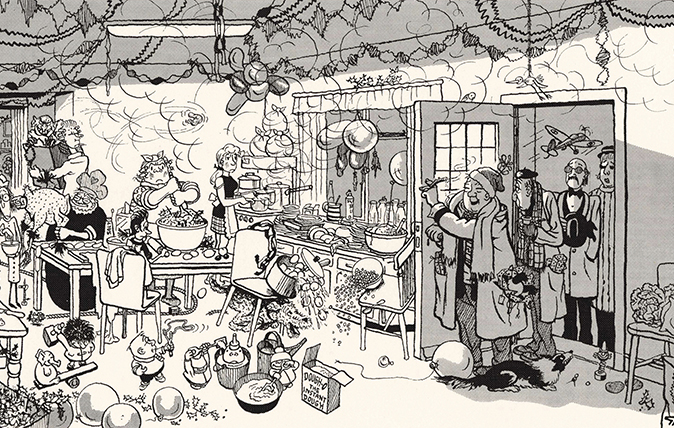

‘George’ I said, ‘Christmas Eve. What better time to ask our new neighbours round for a drink and meet Mummy’, 1974, by Ronald ‘Carl’ Giles (1916-95), 93⁄4in by 6½in, Daily Express. Credit: British Cartoon Archive
Helen Oxenbury says:
Giles championed the ordinary, which proved an inexhaustible source of inspiration. His drawings of streets and unlovely countryside, usually in the pouring rain, are so familiar, as are his characters – grumpy but resigned farmers and fishermen; I know them all.
My childhood was spent in Suffolk, where he lived and worked. He managed to get to the essence of what makes people instantly recognisable, whether they be American airmen stationed in Suffolk, dreaded teachers (Chalkie), politicians, or, of course, the wonderfully chaotic Giles family.
I particularly admire his ease with perspective and vehicles and his understanding of the Suffolk landscape. Most of all, he had a talent for observing human nature in a funny and humane way.
Helen Oxenbury is an illustrator and writer of children’s books, best known for We’re Going on a Bear Hunt
John McEwen comments on Giles cartoon from the 29th Annual, 1974, by Ronald ‘Carl’ Giles:
'I think Giles is the funniest cartoonist in the world,’ wrote Tommy Cooper in his foreword to the 29th Giles Annual (1974–5), in which this Christmas celebration appeared. Giles cartoons were topical but dateless, as his best-selling annuals proved. He was ‘a spreader of happiness,’ wrote John Jordan, his first Express editor. For half a century, Giles provided a weekly cartoon for the Sunday Express and two for the Daily Express.
Giles was born in Islington, the son of a tobacconist and a farmer’s daughter. His preferred first name Carl derived from his nickname Karlo, after horror-film star Boris Karloff. He left school at 14 and was a stable lad and pavement artist before landing an animator’s job with a Soho cartoon-film company, where he contributed to The Fox Hunt, Britain’s first full-length sound cartoon film in colour.
Sign up for the Country Life Newsletter
Exquisite houses, the beauty of Nature, and how to get the most from your life, straight to your inbox.
Following a serious motorbike accident in 1937, he became a newspaper cartoonist with Reynold’s News and joined the Sunday Express in 1943. As a ‘war correspondent cartoonist’ for the Daily Express, he witnessed the horror of Bergen-Belsen and found the camp commandant was a fan. In return for his weaponry and swastika badge Giles promised an original drawing, delivery thankfully prevented by the man’s execution. Nazis were the main butt of his wartime cartoons, but he drew nothing at Bergen-Belsen.
By 1955, Giles was Britain’s highest-paid cartoonist, earning today’s equivalent of £140,000 a year. He received the OBE in 1959 and bought a farm in East Anglia. His last cartoon appeared in the Sunday Express in 1991. Only snobbery denies Giles and his humorous peers artistic classification.
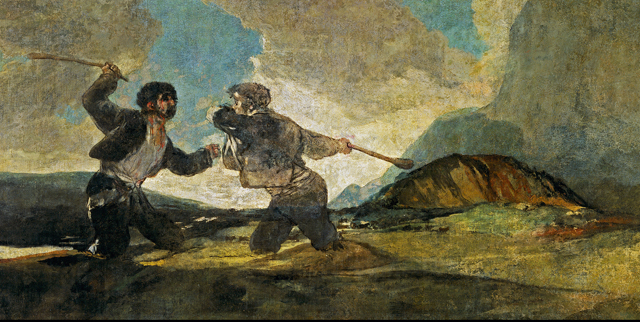
My favourite painting: Gerald Scarfe
Gerald Scarfe chooses his favourite painting for Country Life.
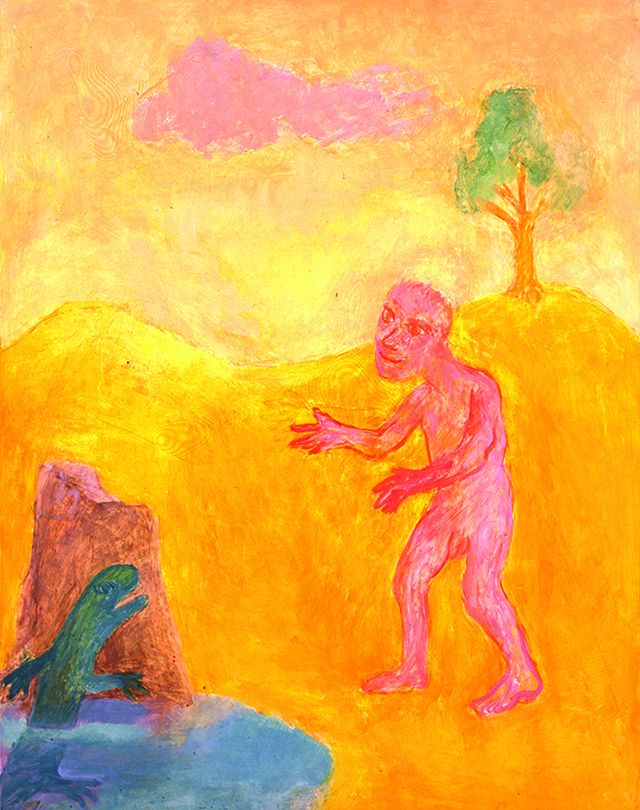
My favourite painting: Emily Young
Emily Young chooses a picture by a teacher from her time at Chelsea School of Art as her favourite painting
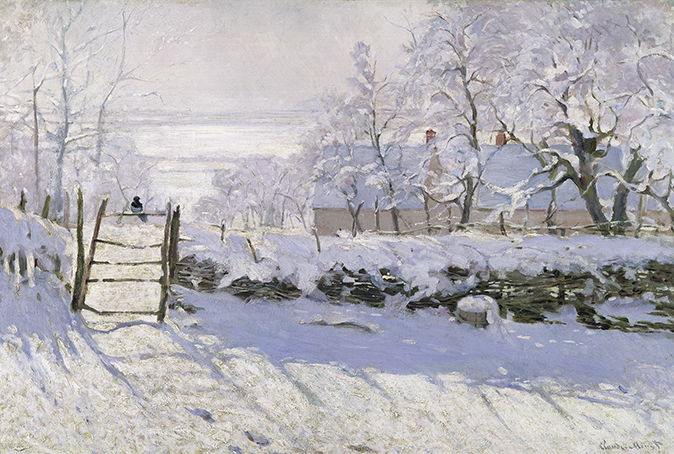
My favourite painting: Kipper Williams
'I’ve always been fascinated by the different ways artists have depicted snow.'
Country Life is unlike any other magazine: the only glossy weekly on the newsstand and the only magazine that has been guest-edited by HRH The King not once, but twice. It is a celebration of modern rural life and all its diverse joys and pleasures — that was first published in Queen Victoria's Diamond Jubilee year. Our eclectic mixture of witty and informative content — from the most up-to-date property news and commentary and a coveted glimpse inside some of the UK's best houses and gardens, to gardening, the arts and interior design, written by experts in their field — still cannot be found in print or online, anywhere else.
-
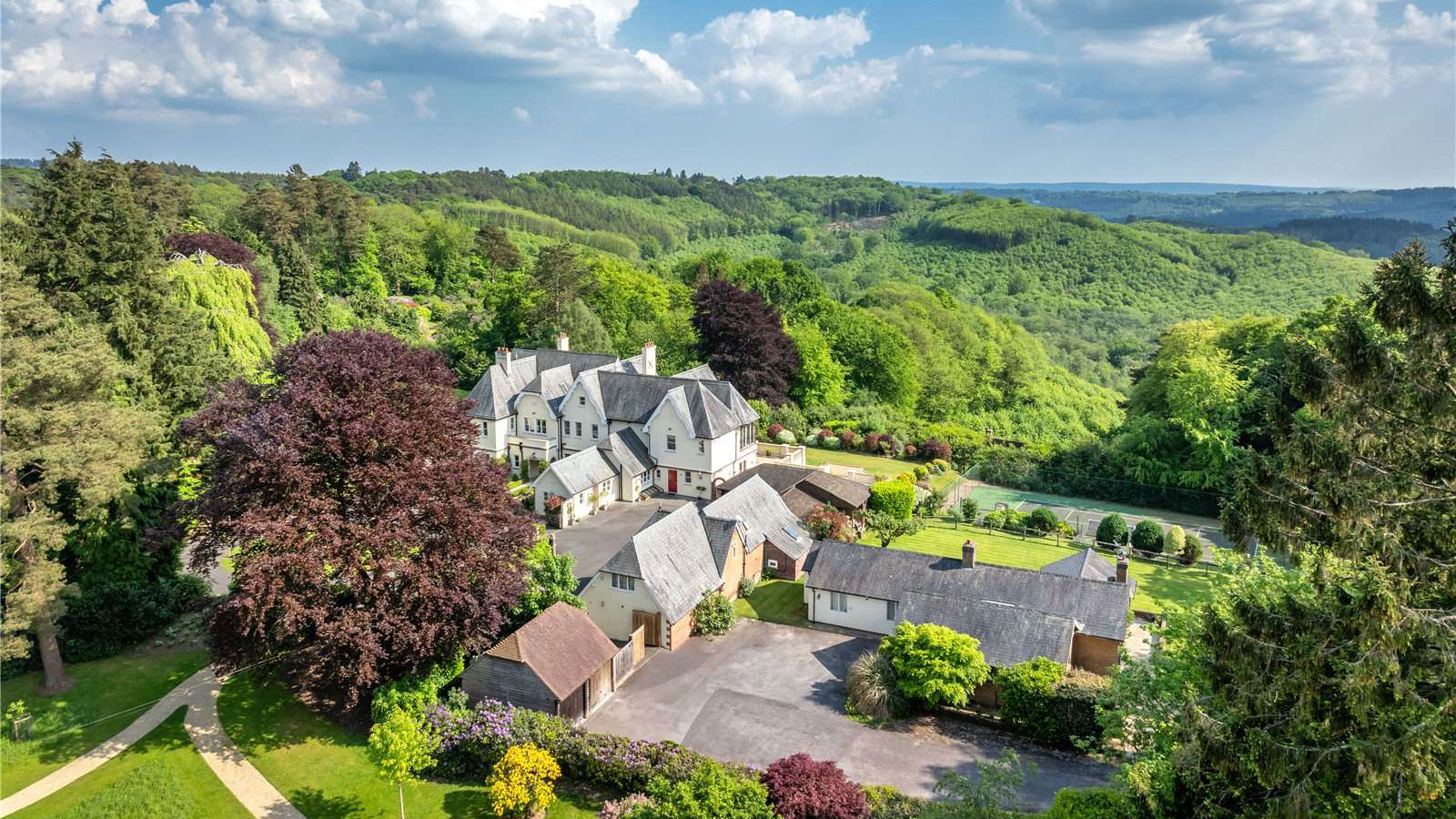 Six rural properties with space, charm and endless views, as seen in Country Life
Six rural properties with space, charm and endless views, as seen in Country LifeWe take a look at some of the best houses to come to the market via Country Life in the past week.
By Toby Keel
-
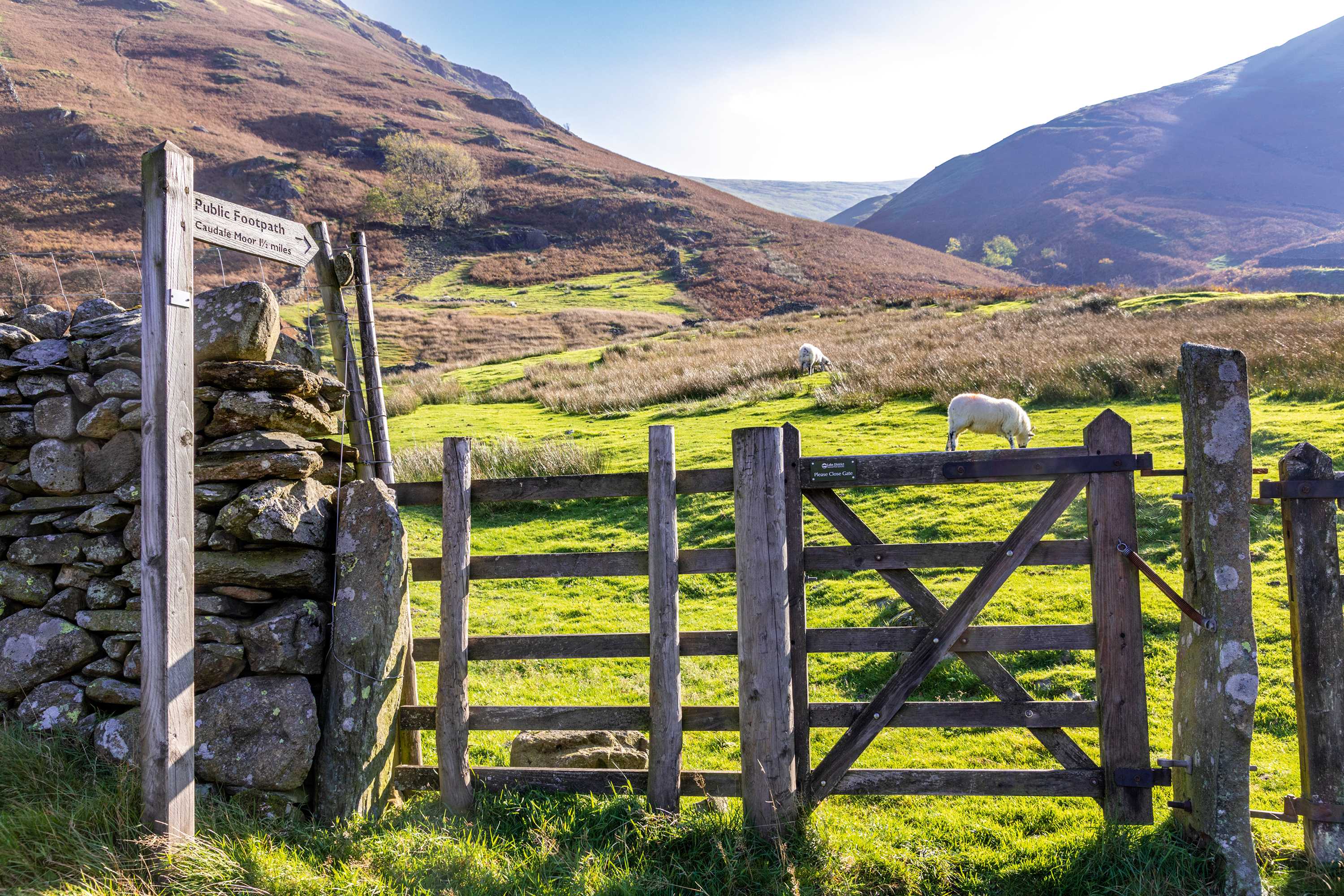 Exploring the countryside is essential for our wellbeing, but Right to Roam is going backwards
Exploring the countryside is essential for our wellbeing, but Right to Roam is going backwardsCampaigners in England often point to Scotland as an example of how brilliantly Right to Roam works, but it's not all it's cracked up to be, says Patrick Galbraith.
By Patrick Galbraith
-
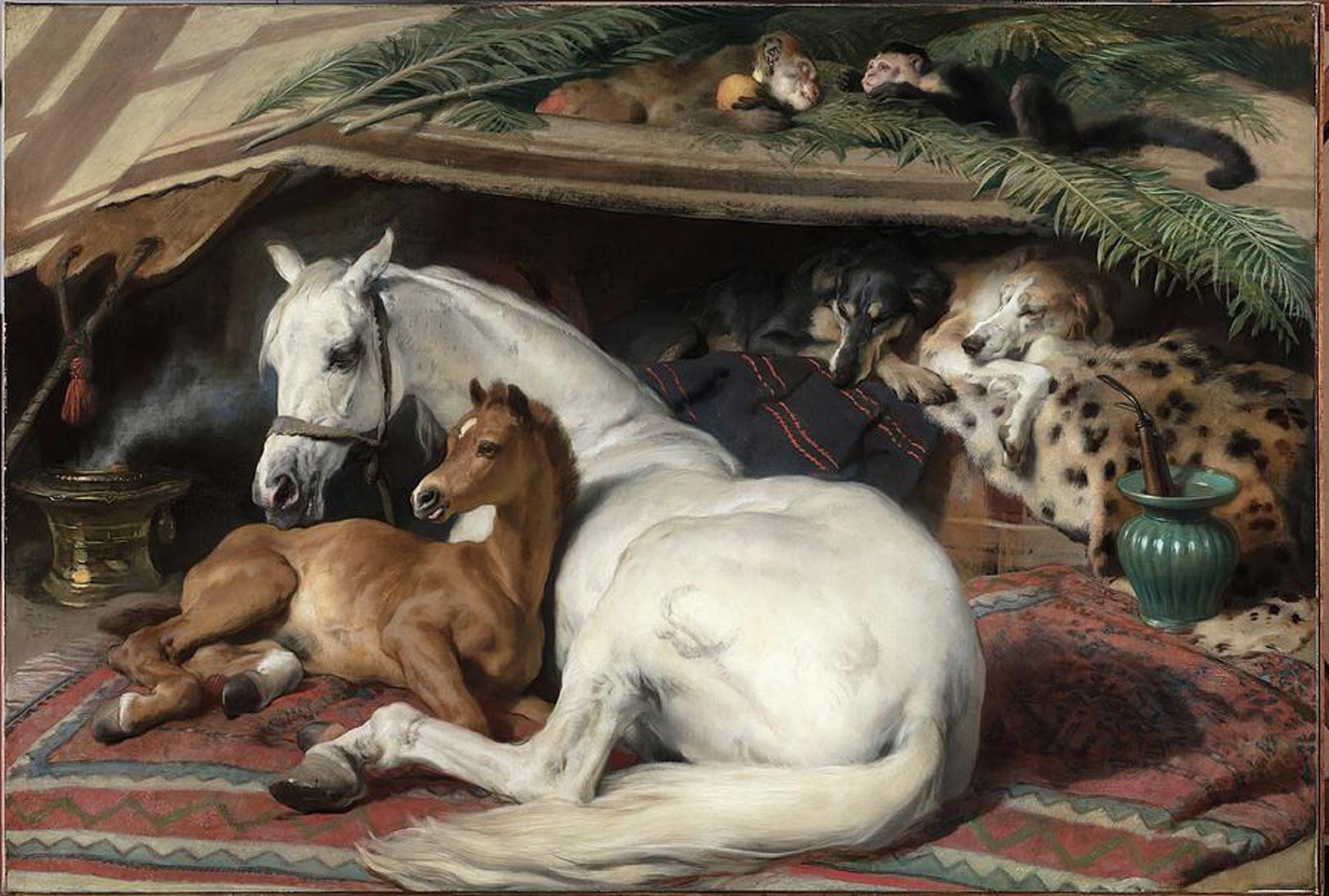 'As a child I wanted to snuggle up with the dogs and be part of it': Alexia Robinson chooses her favourite painting
'As a child I wanted to snuggle up with the dogs and be part of it': Alexia Robinson chooses her favourite paintingAlexia Robinson, founder of Love British Food, chooses an Edwin Landseer classic.
By Charlotte Mullins
-
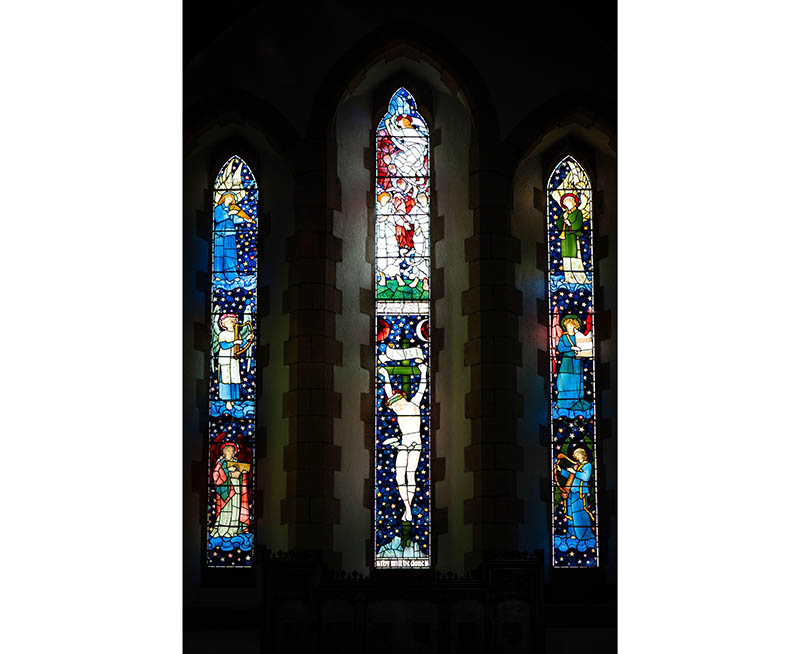 The Pre-Raphaelite painter who swapped 'willowy, nubile women' for stained glass — and created some of the best examples in Britain
The Pre-Raphaelite painter who swapped 'willowy, nubile women' for stained glass — and created some of the best examples in BritainThe painter Edward Burne-Jones turned from paint to glass for much of his career. James Hughes, director of the Victorian Society, chooses a glass masterpiece by Burne-Jones as his favourite 'painting'.
By Charlotte Mullins
-
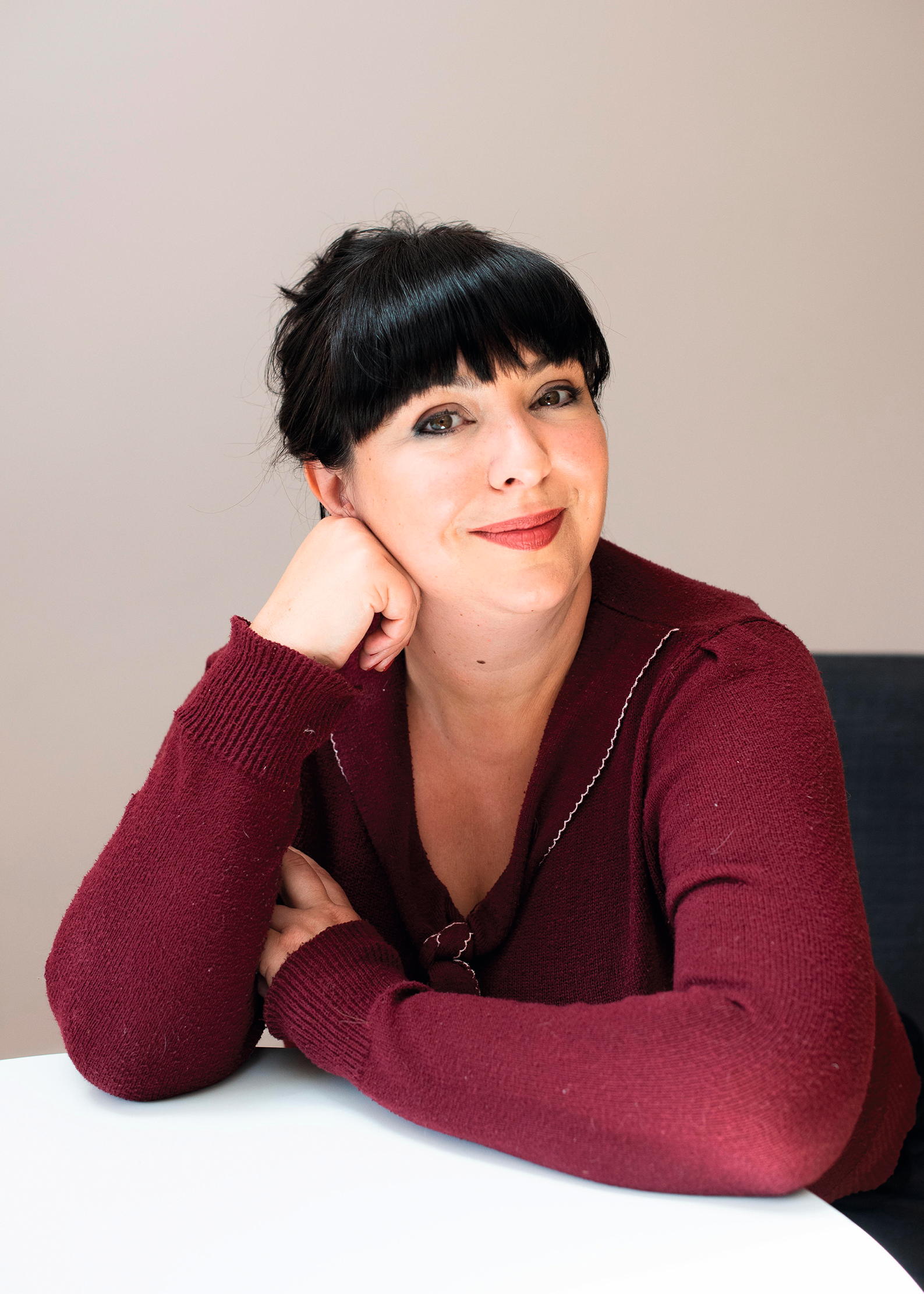 'I can’t look away. I’m captivated': The painter who takes years over each portrait, with the only guarantee being that it won't look like the subject
'I can’t look away. I’m captivated': The painter who takes years over each portrait, with the only guarantee being that it won't look like the subjectFor Country Life's My Favourite Painting slot, the writer Emily Howes chooses a work by a daring and challenging artist: Frank Auerbach.
By Toby Keel
-
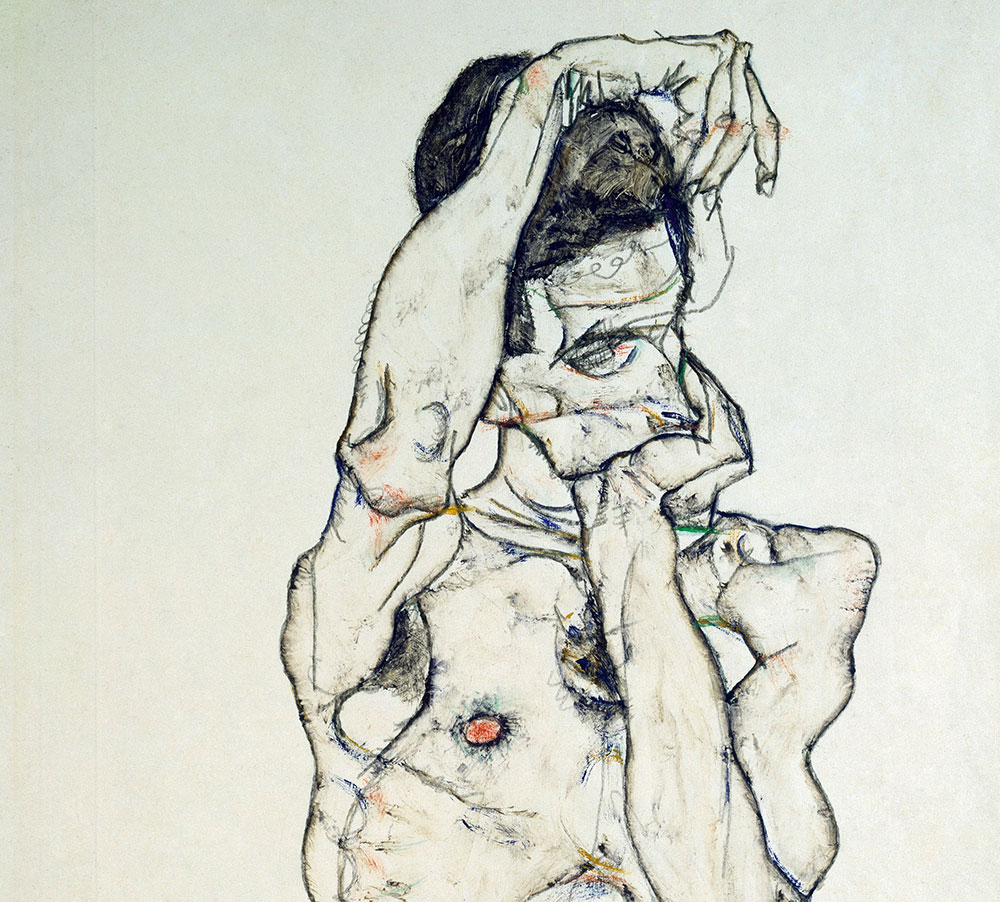 My Favourite Painting: Rob Houchen
My Favourite Painting: Rob HouchenThe actor Rob Houchen chooses a bold and challenging Egon Schiele work.
By Charlotte Mullins
-
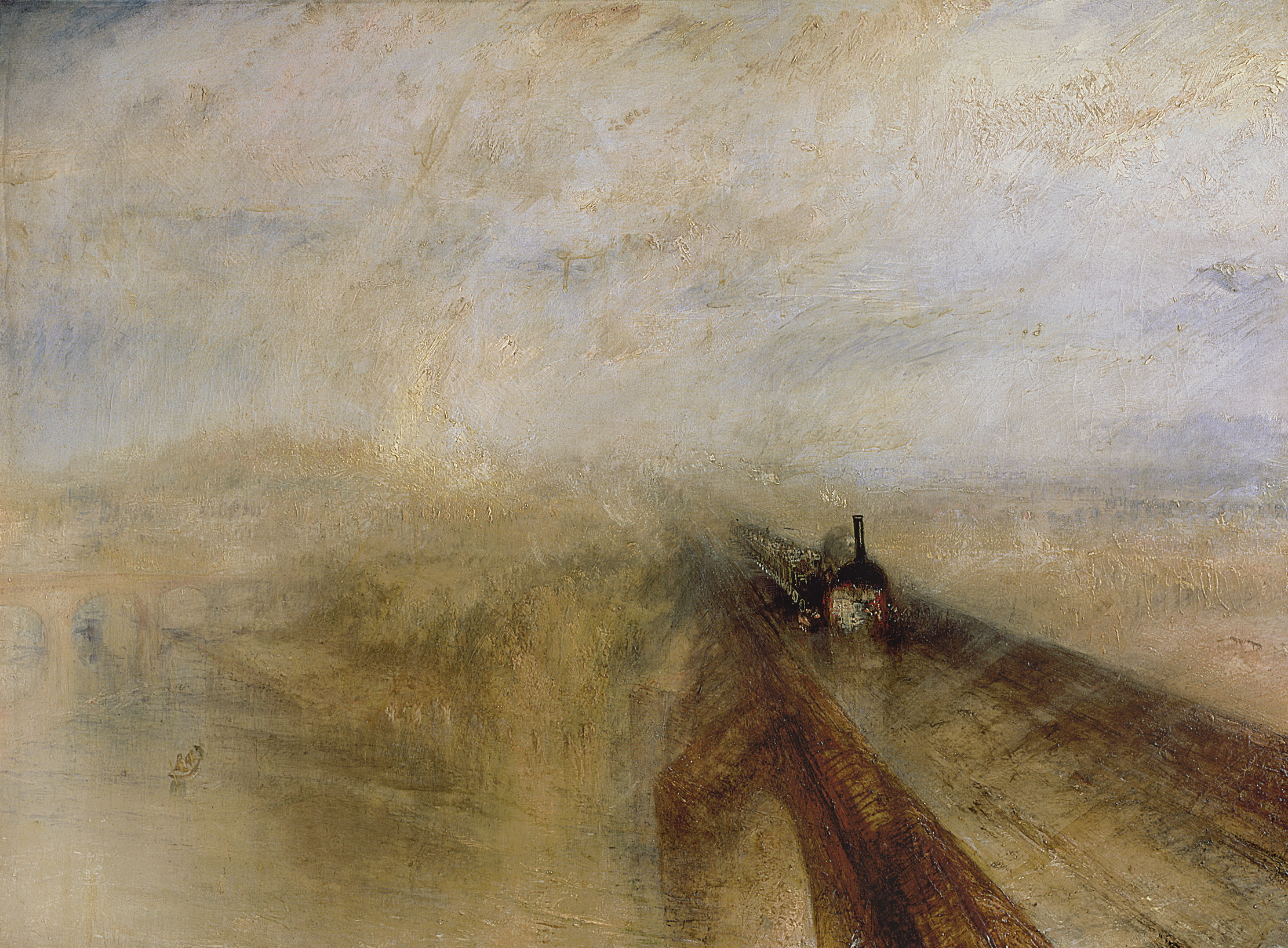 My Favourite Painting: Jeremy Clarkson
My Favourite Painting: Jeremy Clarkson'That's why this is my favourite painting. Because it invites you to imagine'
By Charlotte Mullins
-
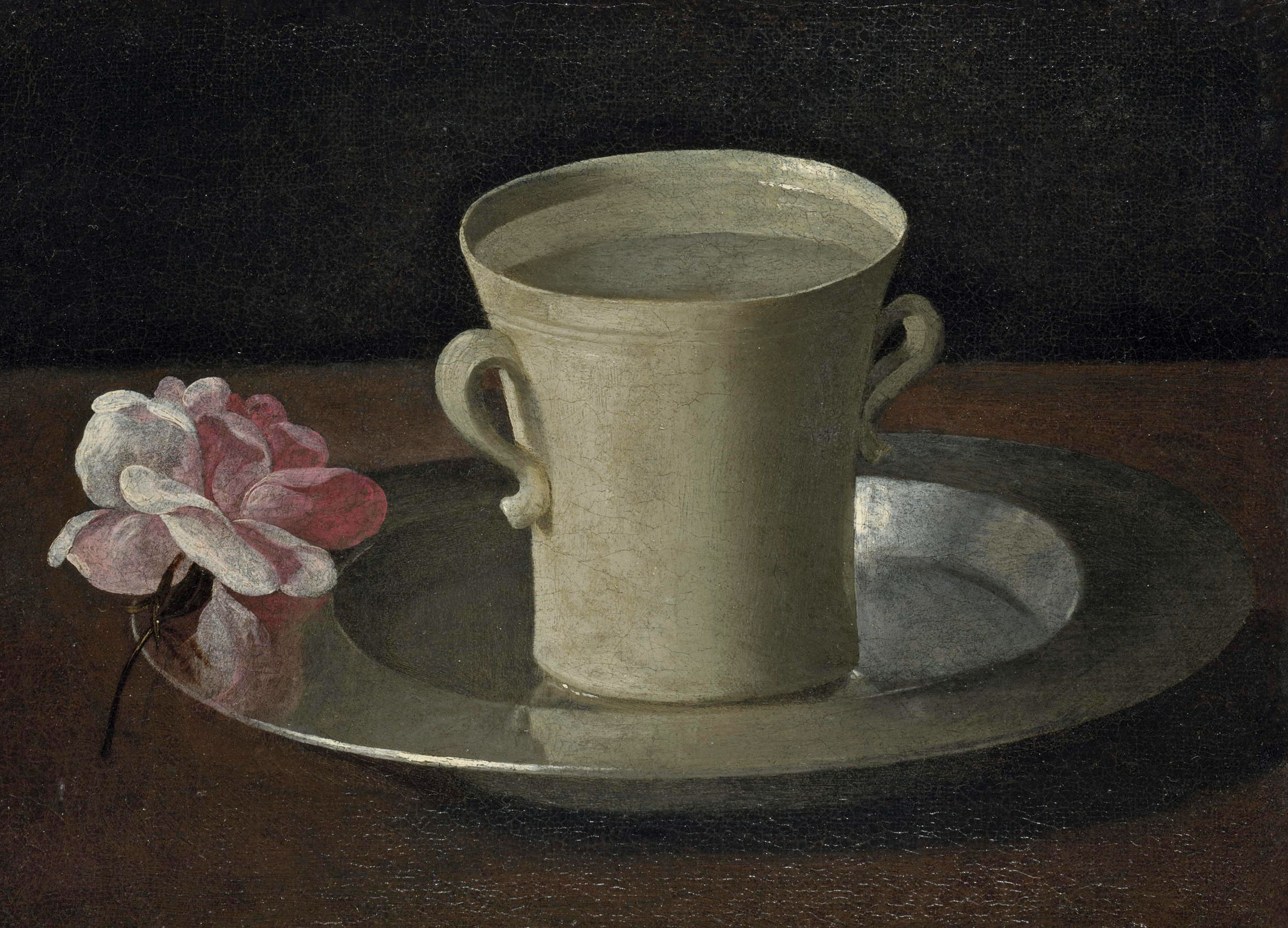 The chair of the National Gallery names his favourite from among the 2,300 masterpieces — and it will come as a bit of a shock
The chair of the National Gallery names his favourite from among the 2,300 masterpieces — and it will come as a bit of a shockAs the National Gallery turns 200, the chair of its board of trustees, John Booth, chooses his favourite painting.
By Toby Keel
-
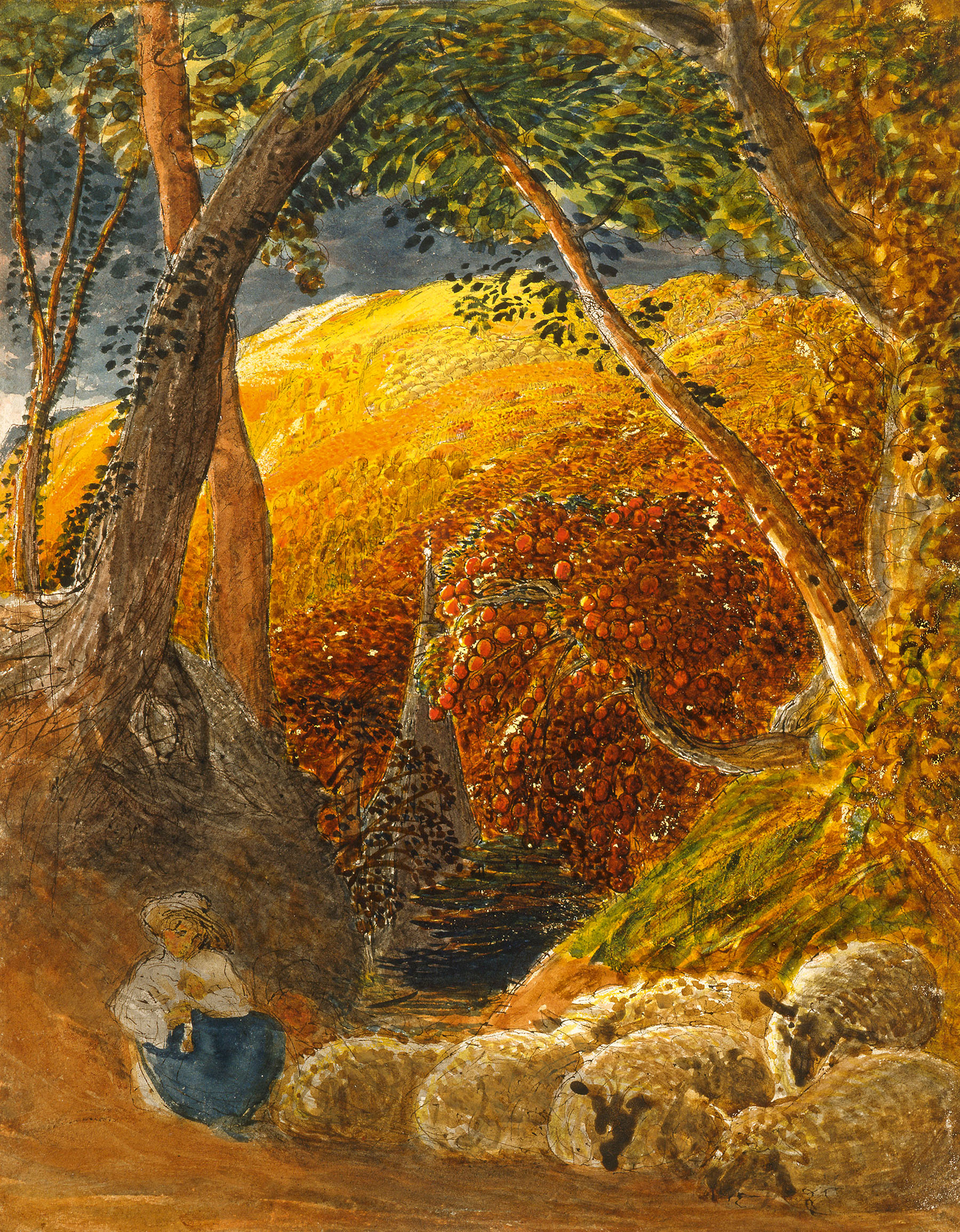 'A wonderful reminder of what the countryside could and should be': The 200-year-old watercolour of a world fast disappearing
'A wonderful reminder of what the countryside could and should be': The 200-year-old watercolour of a world fast disappearingChristopher Price of the Rare Breed Survival Trust on the bucolic beauty of The Magic Apple Tree by Samuel Palmer, which he nominates as his favourite painting.
By Charlotte Mullins
-
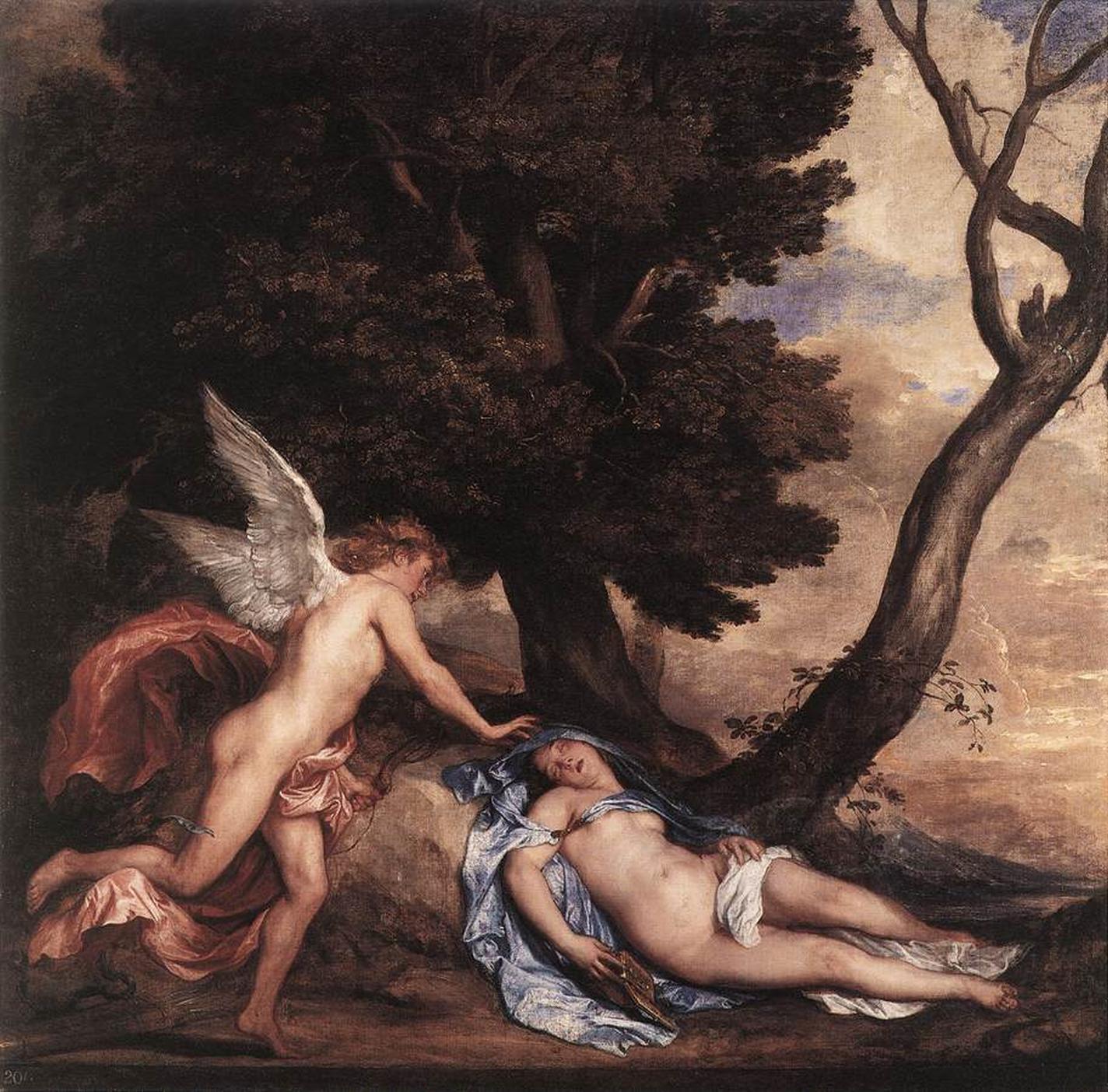 My favourite painting: Andrew Graham-Dixon
My favourite painting: Andrew Graham-Dixon'Lesson Number One: it’s the pictures that baffle and tantalise you that stay in the mind forever .'
By Country Life